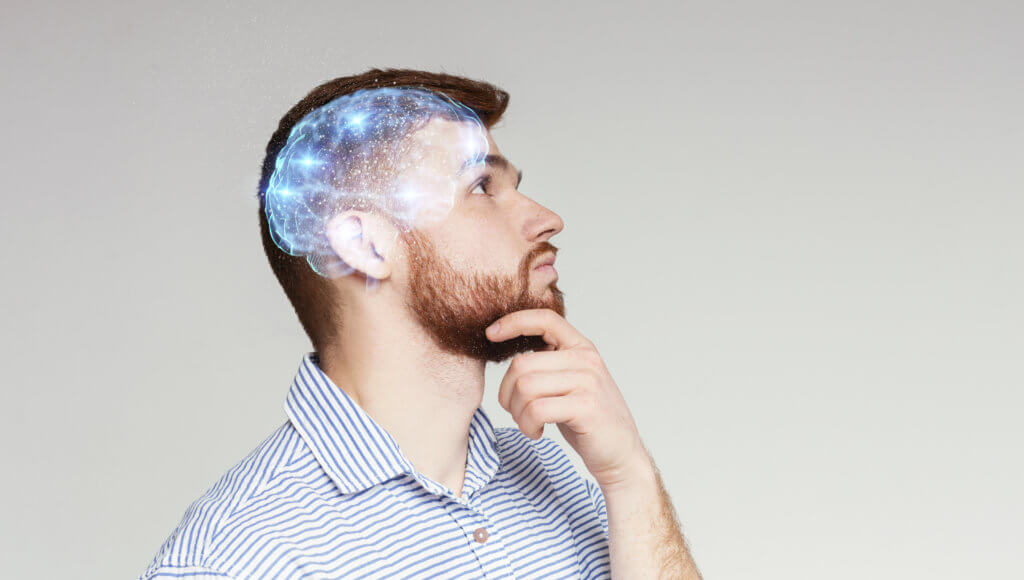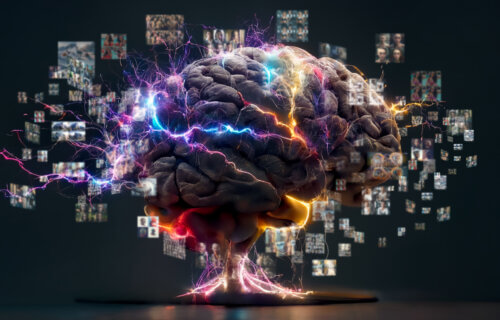PHILADELPHIA — Did you ever think you had eggs for breakfast when in reality it was cereal? This is a classic example of a “false memory,” and University of Pennsylvania neuroscientists are delving deep into our brains to understand how it works. Their study revealed, for the first time, that our brain sends out different electrical signals when recalling true and false memories.
The team centered their study on the hippocampus, a vital area in the brain for memory.
“Whereas prior studies established the role of the hippocampus in event memory, we did not know that electrical signals generated in this region would distinguish the imminent recall of true from false memories,” says study senior author Michael Jacob Kahana, a UPenn psychology professor and director of the Computational Memory Lab, in a university release.
Researchers add that when you recall something, the brain not only remembers the main event but also the “background details” of that memory. The study was conducted with epilepsy patients who were already undergoing deep brain monitoring due to their condition.
This method “allowed us to more precisely, and directly, measure the neural signals that were generated in deep brain structures, so the activity we are getting is much more localized,” explains Noa Herz, a postdoctoral fellow and lead author of the research.

Participants received a list of unrelated words to remember. Later, the team looked at the patterns of electricity generated in the hippocampus when these words were recalled, especially focusing on moments when participants remembered words incorrectly.
The researchers found that our brains reacted differently based on how similar the false memory was to the true one. For instance, if someone was shown words related to flowers and incorrectly recalled a word from a different category but had seen that word earlier in the experiment, the brain’s electrical pattern showed a certain response.
“The words were presented when the patient was sitting in the same room, looking at the same computer, having the same experimenter next to him,” notes Herz, “and these words were also presented more recently in time, so all of these different factors mean that prior list intrusions should be more similar, in terms of the context in which they were presented, to the correct target list.”
On the other hand, if someone recalled a word that wasn’t on the list but was related in meaning, like recalling “sunflower” when shown “rose” and “lily,” the brain displayed a similar pattern of activity.
This discovery has practical implications, especially for those who suffer from conditions like post-traumatic stress disorder (PTSD). Such individuals often have distressing false memories that intrude in safe settings. Understanding how these memories surface could pave the way for better therapeutic interventions, researchers believe.
The study is published in the journal Proceedings of the National Academy of Sciences.
You might also be interested in:
- ‘SuperAgers’ with razor-sharp memories literally move faster than other 80-year-olds
- Interactive 3D police lineups improve eyewitness accuracy
- Memories will fade as you age, until only the basic gist remains


This might be the basis of a good lie detector and it could diagnose real from fake psychosis.